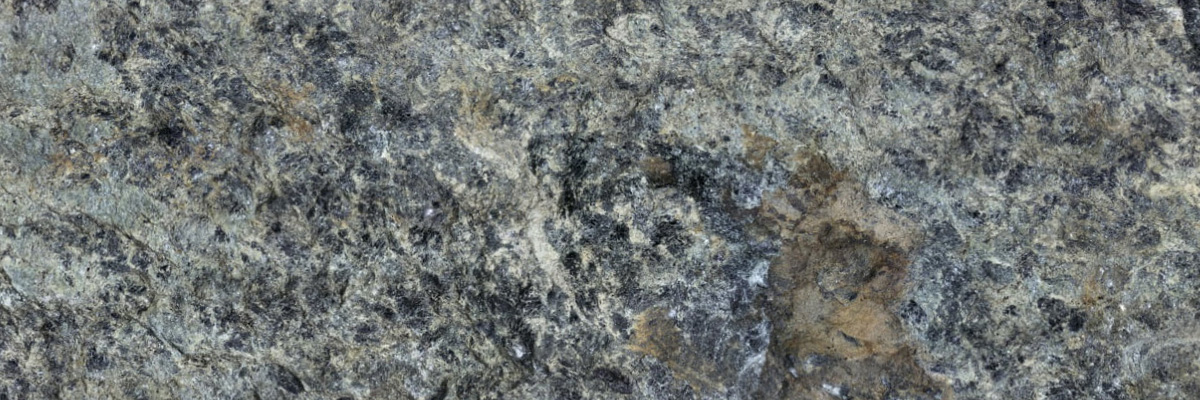Amphibole is a diverse group of double chain inosilicate minerals belonging to the amphibole subclass, recognized for their elongated, prismatic crystal habits and various colors, including green, black, white, and brown. The mineral group exhibits a vitreous luster and is characterized by its two chains of silicon-oxygen tetrahedra, which are linked by metal cations. Amphibole minerals are common constituents of igneous and metamorphic rocks, playing a significant role in Earth’s crust and mantle.
Usage
Amphibole minerals have a wide range of applications, primarily in the fields of geology and mineralogy, where they are used to understand the Earth’s crust and mantle compositions, as well as the geological processes that shape our planet. Additionally, amphiboles are utilized in various industrial applications, such as the production of insulation materials, fireproofing, and asbestos (although the use of asbestos has been restricted or banned in many countries due to health risks).
Gemstone
Some amphibole minerals, like nephrite and tremolite, are considered gemstones and are prized for their aesthetic appeal and durability. Nephrite, a variety of actinolite, is one of the two minerals known as jade, along with jadeite. Nephrite jade is highly valued for its toughness and has been used for centuries in various cultures to create ornamental objects, sculptures, and jewelry.
Origin
Amphibole minerals form through a variety of geological processes, including the cooling and crystallization of magma in igneous rocks and the metamorphism of rocks under high temperatures and pressures. The formation of amphibole minerals is closely linked to the availability of water, which plays a crucial role in the chemical reactions that lead to their creation.
Occurrence
Amphibole minerals are found worldwide and are abundant in a wide range of geological environments. They occur in both igneous rocks, such as granite, and metamorphic rocks, like schist and gneiss. Some of the most significant deposits of amphibole minerals can be found in the United States, Canada, Russia, and various African countries.
Metaphysical
In metaphysical and spiritual practices, amphibole minerals, particularly nephrite jade, are believed to possess various properties. They are said to promote emotional healing, grounding, and protection from negative energies. Amphibole minerals are also considered to facilitate spiritual growth and enhance one’s connection to the Earth, providing stability and support during times of change and transformation.
| Class | Inosilicates |
| Formula | AX2Z5(Si,Al,Ti)8O222 (where A, X, and Z are metal cations) |
| Luster | Vitreous |
| Hardness (Mohs) | 5 – 6 |
| Streak | White, gray, or colorless |
| Color | Green, black, white, brown, blue, yellow |
| Cleavage | Good in two directions, intersecting at roughly 120 and 60 degrees |
| Specific Gravity | 2.9 – 3.6 |


